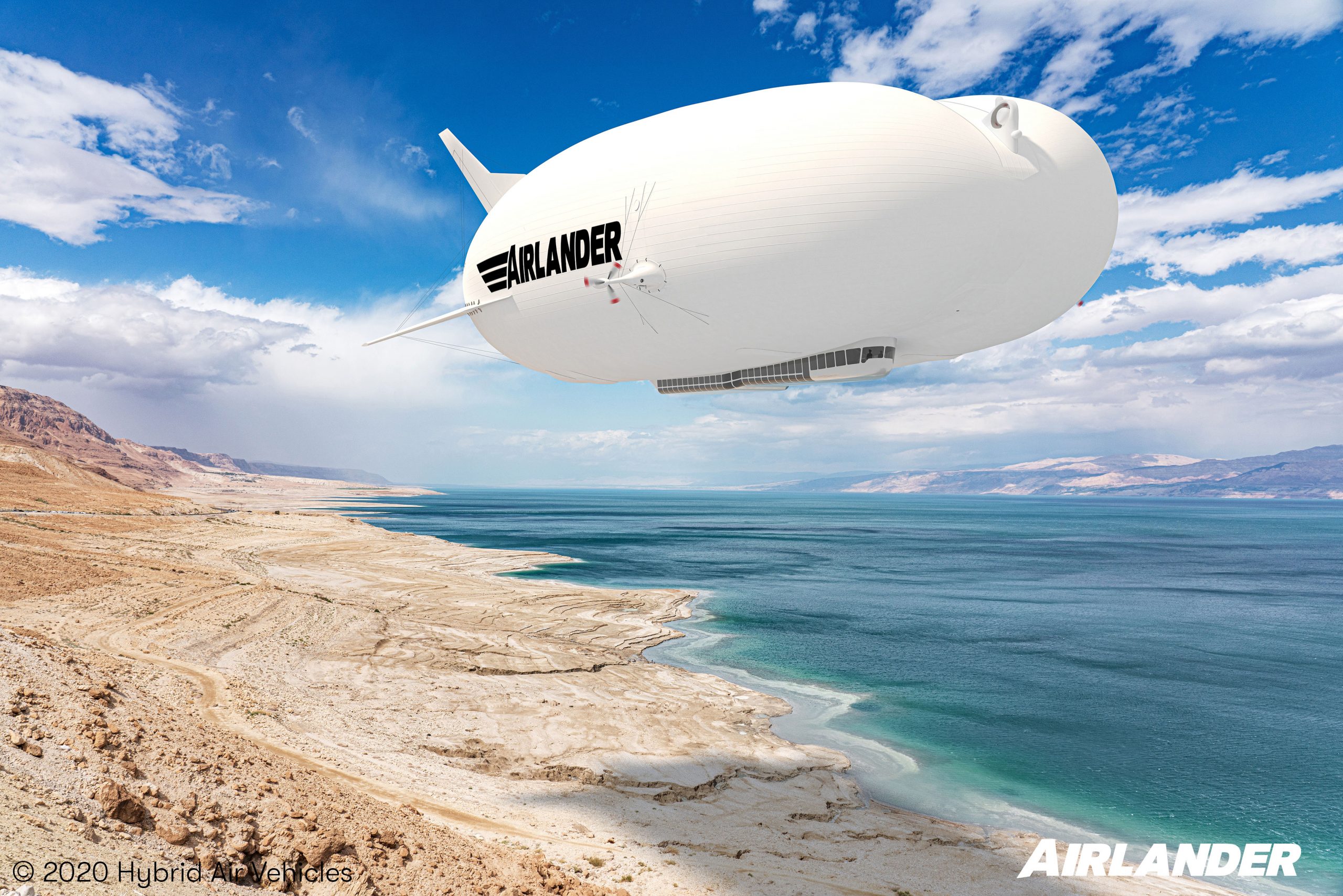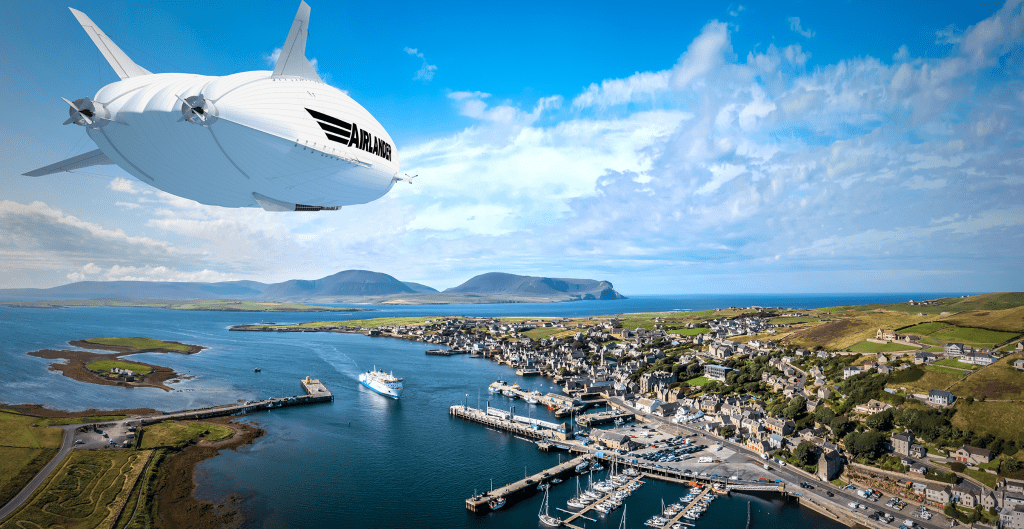£1bn Futuristic Airships to be Built in South Yorkshire, UK

A fleet of futuristic, British-built airships will hit the skies in 2028, bringing 1,200 skilled jobs to the north of England.
Hybrid Air Vehicles (HAV) said the Airlander 10 would be manufactured at the Carcroft Common site in Doncaster, South Yorkshire, with the first set to enter service in just four years.
The 320ft (98m) hybrid vehicle is billed as the world’s most efficient large aircraft, capable of carrying 100 passengers or 10 tonnes of payload at speeds of up to 100mph.
HAV claims it will “transform what’s possible for sustainable air travel”.
Subject to planning approval, it is hoped there will be capacity to make 24 airships a year in a move that will boost employment and generate supply chain opportunities across the UK.
Orders have already been placed to the value of £1billion, with the first routes expected across Spain with the Spanish airline, Air Nostrum.
Other routes could reportedly include internal British flights to and between the Scottish islands and to Scandinavia.

Speaking yesterday Ed Milliband MP, the Shadow Secretary of State, said: “This is absolutely fantastic news for Carcroft and for Doncaster. This new production site will create over 1200 much needed highly skilled jobs to the area as well as bring green air travel a step closer.”
Despite appearances, HAV’s Airlander 10 is not a traditional airship but rather a hybrid vehicle that relies on helium for lift and engine power for take-off and landing.
Tom Grundy, HAV’s CEO, said his firm would collaborate with regional partners including the University of Sheffield’s Advanced Manufacturing Research Centre and the Doncaster University Technical College.
“Airlander 10 will transform what’s possible for sustainable air travel, and Carcroft Common will deliver the flagship production centre we need to do that, creating over 1,200 jobs and a £1bn per annum export,” he added.
“Our vision to rethink clean flight has been met with robust support at every step of the way by City of Doncaster Council and South Yorkshire region. We look forward to working closely with the community as we launch our production programme and progress this extraordinary project.”
The Airlander 10 prototype carried out six successful test flights between 2016 and 2017, before being retired after breaking its moorings and self-deflating.
As a result, HAV introduced improvements to the Airlander 10’s design, including an air cushion landing system.
Steve Foxley, CEO of the University of Sheffield Advanced Manufacturing Research Centre, said the aircraft represents an opportunity for the UK to transition to a low-carbon economy.
He said: “To have Hybrid Air Vehicles putting its production footprint in South Yorkshire is a real boost to the region’s capability and reputation, helping to grow our green manufacturing cluster, and building on the research and development that is being led by the wider University of Sheffield into sustainable air travel, energy, and how we transition to a low-carbon economy.”
All images credit: Hybrid Air Vehicles
